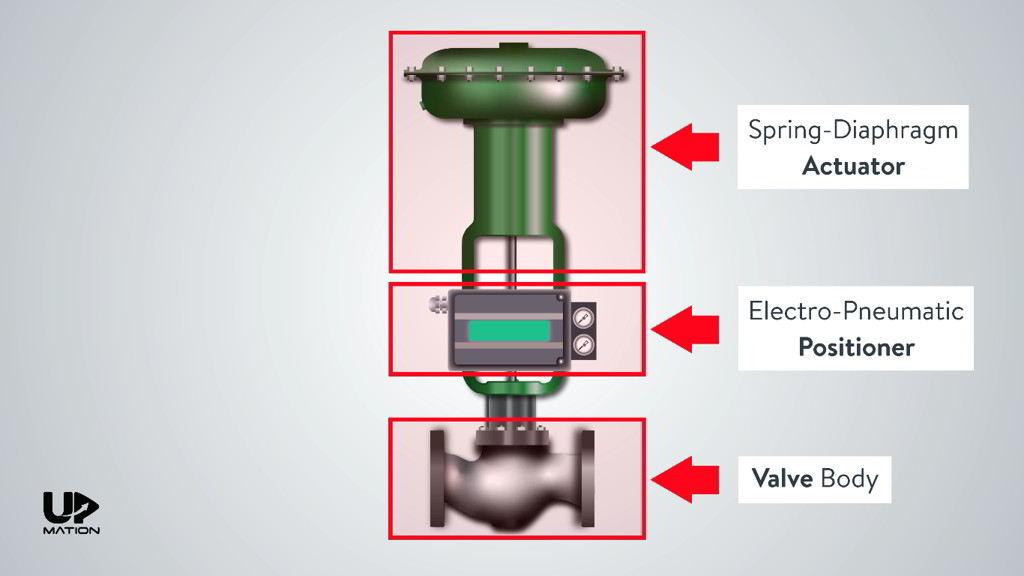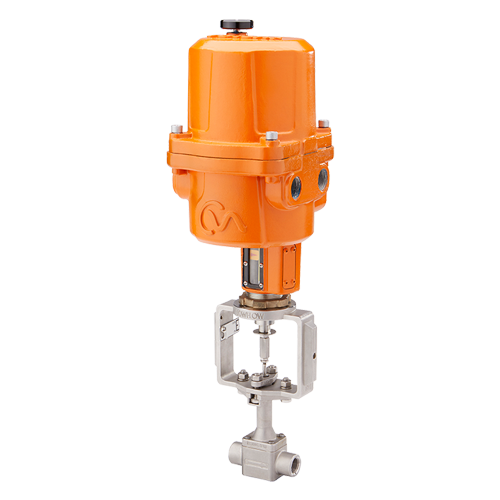The Role of Control Valves in Liquid Flow Monitoring Equipment
The Role of Control Valves in Liquid Flow Monitoring Equipment
Blog Article

Maximize Energy Cost Savings and Convenience With Advanced Building Automation Controls
In the realm of modern-day style and center management, the combination of advanced structure automation manages stands as a critical improvement. By using the power of automation, structures can adapt, respond, and advance in means that were as soon as inconceivable.
Power Efficiency Advantages
Energy effectiveness advantages can substantially lower power intake and operational costs in buildings. By executing energy-efficient techniques and modern technologies, building owners and drivers can attain significant savings while likewise adding to ecological sustainability. Among the primary advantages of enhancing power performance in structures is the reduction of energy bills. Energy-efficient systems, such as advanced structure automation controls, can enhance making use of sources like air conditioning, lighting, and home heating, bring about lower power expenditures over time.
In addition, boosted power efficiency can prolong the lifespan of structure tools and systems. By running extra effectively, cooling and heating systems, light, and other structure components experience much less wear and tear, resulting in lowered upkeep and replacement costs. Furthermore, energy-efficient structures usually command higher building worths and rental prices, offering long-lasting financial advantages to proprietors.
Furthermore, power effectiveness can boost passenger comfort and performance. Properly managed indoor environments with optimal lighting and thermal conditions produce a more conducive and positive office, bring about enhanced worker contentment and performance. In general, the power effectiveness benefits related to innovative building automation controls are multifaceted, encompassing price savings, ecological stewardship, and passenger wellness.
Boosted Comfort Control
Enhancing convenience control in building settings calls for an innovative integration of advanced automation systems for optimum owner wellness. By making use of sophisticated structure automation controls, centers can customize the interior environment to fulfill the particular requirements and preferences of residents. control valves.
By including these advanced controls, structures can not only improve comfort but also boost power efficiency by optimizing system procedures based on actual tenancy and usage patterns. Ultimately, prioritizing resident comfort with advanced automation systems leads to a more pleasurable and healthier indoor atmosphere.
Functional Performance Improvements

Moreover, the execution of real-time monitoring and analytics devices makes it possible for building drivers to recognize power inefficiencies and operational anomalies quickly. By continuously keeping track of energy usage patterns and system performance metrics, modifications can be made in real-time to enhance power intake and make certain peak functional efficiency. control valves. Additionally, integrating demand response methods into building automation controls can further enhance functional efficiency by dynamically changing energy use based on grid problems and pricing signals
Indoor Climate Optimization
Efficient interior environment optimization is a fundamental aspect of structure automation controls, making sure occupants' comfort and health while taking full advantage of energy financial savings. By utilizing innovative sensors and controls, building automation systems can continually monitor and readjust temperature level, moisture levels, air high quality, and ventilation to create an optimum interior atmosphere. Maintaining consistent and comfortable conditions not just boosts resident fulfillment however likewise boosts productivity and overall wellness.
Interior environment optimization additionally plays a critical role in energy efficiency. By fine-tuning home heating, cooling, and ventilation systems based upon real-time information and tenancy patterns, building automation controls can significantly reduce energy usage - control valves. Applying methods such as demand-controlled ventilation and thermal zoning can aid lessen power waste while guaranteeing that each location of the structure obtains the look these up needed conditioning.

Sustainable Environment Production
Building automation controls not only enhance indoor climate problems for power performance and owner comfort but also lay the structure for producing a lasting atmosphere through strategic monitoring of systems and sources. By incorporating sophisticated building automation modern technologies, such as sensing units, actuators, and smart software application, centers can keep track of and readjust power use in real-time to lessen waste and lower their carbon impact. These systems enable anticipating upkeep, recognizing potential problems before they rise and optimizing tools efficiency to enhance longevity and performance.
Moreover, lasting atmosphere creation extends beyond energy administration to incorporate water conservation, waste decrease, and interior air quality renovation. Building automation controls can control water usage, find leaks, and make sure correct garbage disposal techniques, adding to overall sustainability initiatives. In addition, by regulating and monitoring air flow and filtering systems, these technologies improve owner wellness and efficiency while reducing power usage related to HVAC operations.
Verdict
In conclusion, progressed building automation regulates offer substantial benefits in regards to power financial savings, convenience control, functional efficiency, interior climate optimization, and producing a sustainable setting. By executing these controls, structures can accomplish optimum performance while reducing energy consumption and improving passenger convenience. It appears that making use of innovative automation innovation is important in boosting structure efficiency and developing a much more lasting future.
Power performance benefits can significantly lower power consumption and functional costs in buildings. In general, the energy effectiveness advantages connected with sophisticated structure automation controls are complex, incorporating price savings, environmental stewardship, and owner well-being.
Furthermore, including demand action techniques into building automation controls can better boost operational efficiency by dynamically readjusting energy use based on grid conditions and prices signals.
Building automation manages not just enhance interior climate problems for power efficiency and owner convenience however additionally lay the foundation for creating a lasting setting via calculated administration of resources and systems.In verdict, advanced dig this structure automation manages deal substantial advantages in terms of power savings, convenience control, operational effectiveness, interior climate optimization, and creating a lasting environment.
Report this page